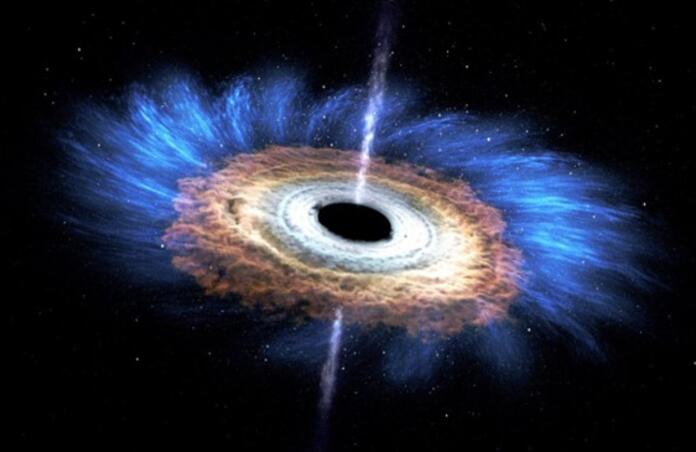Approach to Resolving Black Hole SIngularities within Five or More Dimensions

General relativity describes spacetime as a smooth, continuous fabric that dynamically curves in response to mass and energy. While widely accepted, it remains incomplete due to the presence of singularities. These are points within spacetime where the curvature becomes infinite. While singularities appear frequently within field theories, these are rarely realisable. For example, classical electrodynamics relies on the existence of point charges with infinite energy density, but these can be reconciled with quantum corrections.
Black holes, extreme regions of spacetime where even light cannot escape, were shown in the 1960s to necessarily contain singularities at their cores under Einstein's equations. The existence of astrophysical black holes raises the fundamental question whether spacetime singularities are physically realised. The majority of researchers believe that spacetime singularities, as they always have, represent non-physical cases where our theories break down.
Much like in other field theories, quantising gravity could provide insight into black hole interiors. However, attempts to formulate a quantum theory of gravity in a similar manner as the other fundamental forces have so far failed. Some alternative approaches introduce exotic negative-energy matter to circumvent singularities, but such matter has never been observed.
Now, a new study led by Pablo Bueno proposes a purely gravitational mechanism capable of eliminating black hole singularities within spacetimes of five or more dimensions. Their approach extends quasi-topological models of gravity, a class of theories that introduce systematic corrections to Einstein’s equations. These corrections are negligible in weak gravitational fields but become significant in extreme regimes, such as inside black holes.
This approach results in highly complex equations that can be difficult to find solutions for. These can however be analysed analytically for spherically symmetric black holes. The authors show that with each successive correction, the strength of the singularity is weakened. When an infinite series of corrections is applied, the singularity is fully resolved.
Under this mechanism, the black hole’s interior transitions into a region of finite, negative curvature. This is often visualised by considering two parallel lines, which will diverge from one another in such a spacetime. A consequence of this is that it prevents matter from packing into the infinitely dense singularity. Additionally, the authors demonstrate that their solutions obey the first law of black hole thermodynamics cleanly, unlike many other regular black hole models where inconsistencies arise.
At the moment, there exist no direct ways to apply quasi-topological modifications to gravity within a four-dimensional spacetime. The authors remain curious whether certain limiting procedures could give insights into real-world spacetime by exploring how their model behaves as spacetime approaches four dimensions, although this remains speculative. That said it is the first successful resolution of black hole singularities using purely gravitational means, providing strong motivation to explore whether similar mechanisms could resolve the existence of singularities in nature.
--
Journal Source: P. Bueno et al, Regular black holes from pure gravity, Physics Letters B, Vol. 861, (2025), DOI: https://doi.org/10.1016/j.physletb.2025.139260
Cover Image Credit: NASA Goddard Space Flight Center
